
Top Seattle Companies that Offer Employee Payroll Giving
Seattle stands as a vibrant epicenter of innovation, technology,…

Companies in San Jose that Offer Top Corporate Sponsorships
San Jose stands as a vibrant epicenter of innovation and economic…

The 20 Best Nonprofit Podcasts to Fuel Your Growth
Podcasts have rapidly become one of the most popular forms of…
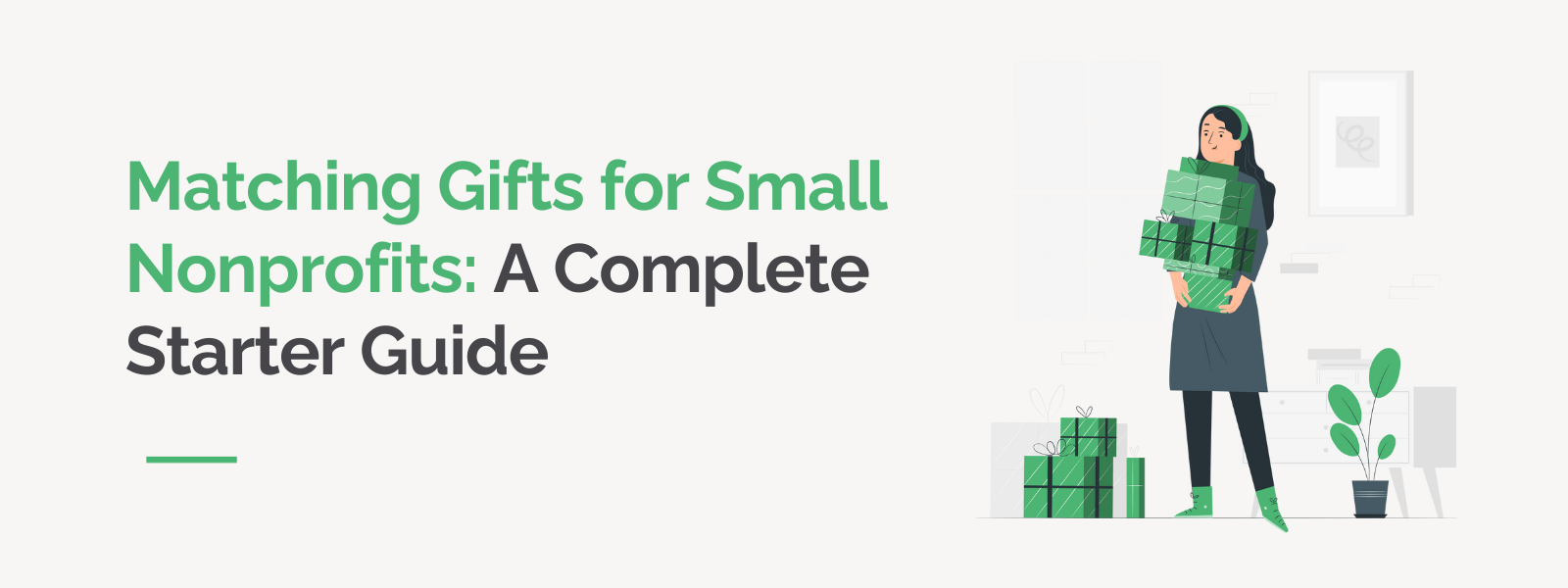 https://doublethedonation.com/wp-content/uploads/2025/06/DTD_Matching-Gifts-for-Small-Nonprofits-A-Complete-Starter-Guide_Feature.png
600
1600
Sydney Faye
https://doublethedonation.com/wp-content/uploads/2025/11/DTD-horizontal-logo-300x63.png
Sydney Faye2025-06-04 15:54:092025-11-26 05:35:35Matching Gifts for Small Nonprofits: A Complete Starter Guide
https://doublethedonation.com/wp-content/uploads/2025/06/DTD_Matching-Gifts-for-Small-Nonprofits-A-Complete-Starter-Guide_Feature.png
600
1600
Sydney Faye
https://doublethedonation.com/wp-content/uploads/2025/11/DTD-horizontal-logo-300x63.png
Sydney Faye2025-06-04 15:54:092025-11-26 05:35:35Matching Gifts for Small Nonprofits: A Complete Starter Guide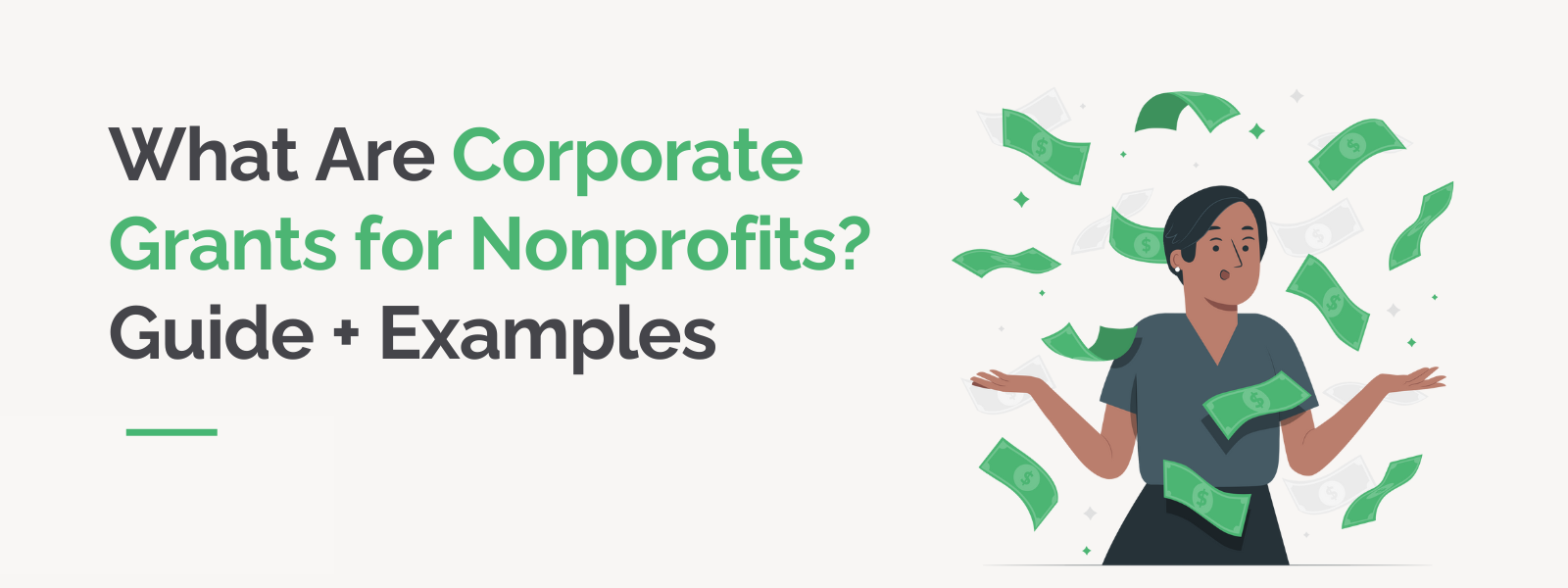
What Are Corporate Grants for Nonprofits? Guide + Examples
Securing funding is a top priority for charitable organizations,…
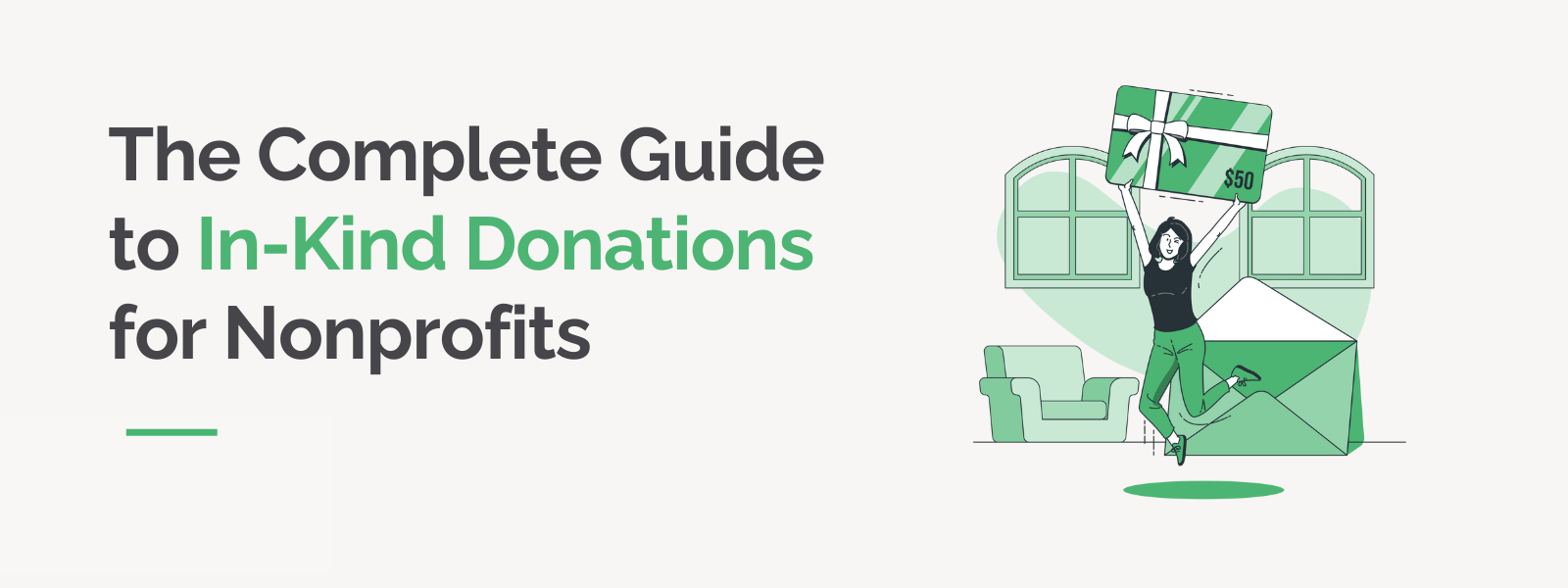 https://doublethedonation.com/wp-content/uploads/2025/01/DTD_The-Complete-Guide-to-In-Kind-Donations-for-Nonprofits_Feature.png
600
1600
Adam Weinger
https://doublethedonation.com/wp-content/uploads/2025/11/DTD-horizontal-logo-300x63.png
Adam Weinger2025-01-02 20:15:022025-06-05 15:28:31The Complete Guide to In-Kind Donations for Nonprofits
https://doublethedonation.com/wp-content/uploads/2025/01/DTD_The-Complete-Guide-to-In-Kind-Donations-for-Nonprofits_Feature.png
600
1600
Adam Weinger
https://doublethedonation.com/wp-content/uploads/2025/11/DTD-horizontal-logo-300x63.png
Adam Weinger2025-01-02 20:15:022025-06-05 15:28:31The Complete Guide to In-Kind Donations for Nonprofits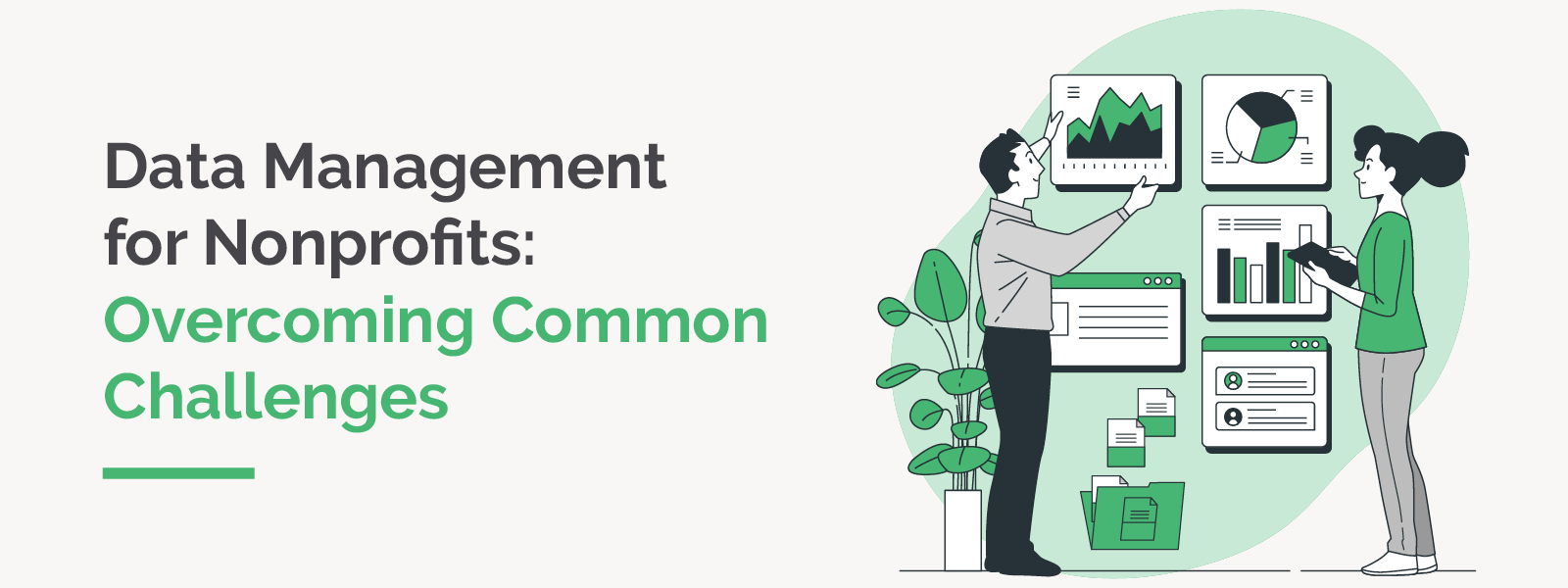
Data Management for Nonprofits: Overcoming Common Challenges
In today’s data-driven world, effective data management is…

Top Data Hygiene Best Practices for Nonprofit Organizations
Picture this: Your wildlife conservation foundation is gearing…
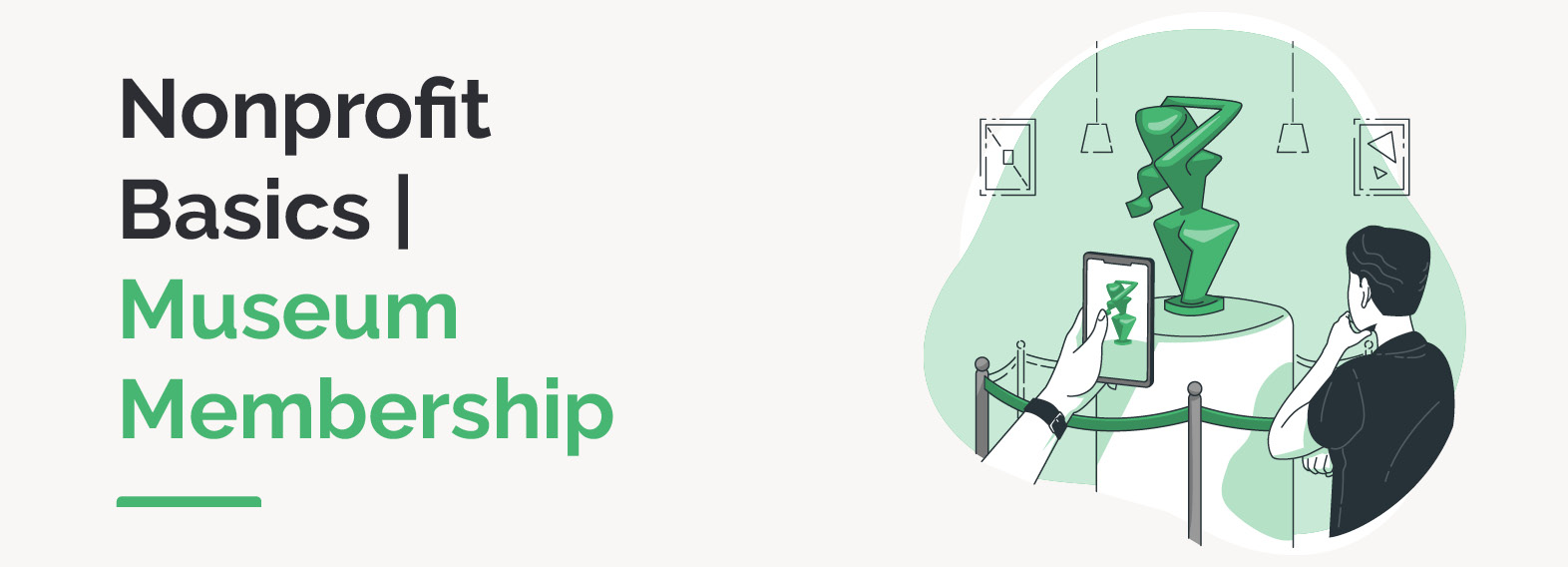
Nonprofit Basics: Museum Membership
Museums are centers of cultural curiosity. Their events create…

A Complete Guide to Creating a Donation Page (with Examples)
Picture this: You’ve just led a successful marketing campaign…

